During my time in Kansai with Y, we stayed with her friend who lives in Osaka and did the usual sights around the region like Kyoto and Nara. But one weekend, our host M rented a car and took us on a road trip to Awaji Island and Kagawa across the Seto Inland Sea. I’d never even heard of these places before, and we didn’t make any solid plans and just winged it, and ultimately it turned out to be quite an interesting experience. Here’s a little bit about what you can experience in Awaji Island and Kagawa.
I always refer to this adventure as my ‘Japan Hour‘ experience – a long-running documentary many Singaporeans might be familiar with for showcasing really far-flung and remote destinations within Japan that hardly see any international tourists. It’s broadcast in Japanese and many people remember it for the multiple exuberant exclamations of Sugoi (Amazing)! Oiishi (Delicious)! and Kirei (Beautiful)! that you get in every episode. It’s earnest and enthusiastic in the best of ways.
We started driving west of Osaka to a place called Akashi, where we drove across the Seto Inland Sea through Awaji Island to Naruto and then headed west to Takamatsu on Kagawa, and then turned back around and headed back to Osaka. More details below.
Akashi-Kaikyo Bridge
We first headed out towards Awaji Island from Akashi, where we drove across the Akashi-Kaikyo bridge. At 3.91km long, this is the longest suspension bridge in the world since 1998. The shape brings to mind a white version of the Golden Gate Bridge in San Francisco.
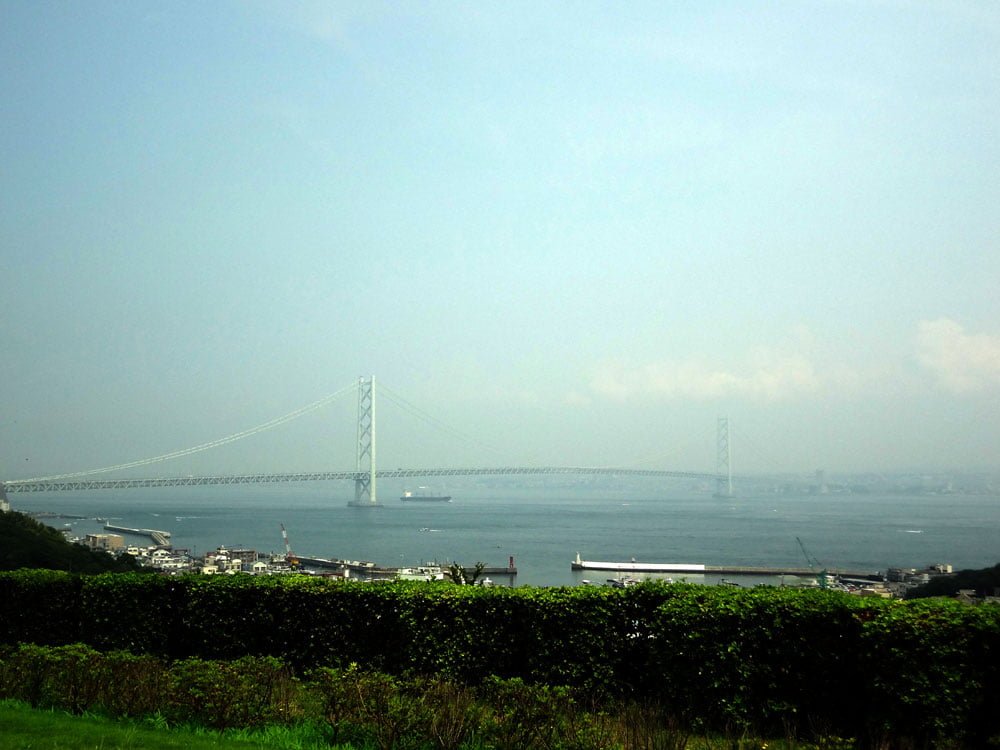
You can also view the bridge from the nearby Awaji Island Park, where you have information, food courts and viewing points all in one spot. This is probably where you want to head if you want to get yourself an Awaji Island souvenir. It was a rather misty day when we were there though, so visibility was not great.
Udon in Takamatsu
The main reason for this road trip was because M really wanted to check out udon that Kagawa is famous for known as Sanuki Udon, which is known for its chewy texture and a distinct noodle shape. We were pretty hungry so we skipped through Awaji Island for the time being and headed straight towards Takamatsu in Kagawa where we searched for Yamada-ya, a restaurant famous for Sanuki Udon.
After some searching, we finally found it, though by that time It was about 1pm – we had essentially driven 3 hours to get to eat a bowl of udon. Was it going to live up to its fame?
We weren’t actually sure how good the udon was going to be, but M had googled and found good reviews for Yamada-ya online. All fingers were crossed as we made our way in – it was surprisingly bigger than it looked from the outside, and we walked past some pretty swanky cars on the way in.
Yamada-ya is an entire house compound in there with various wings, so big that the host at the door has to use a mic to communicate with the various wings to find you an available table somewhere within the compound.
We each ordered our own udon bowl – I had the tempura prawn udon. M had this yummy looking meat sauce udon while Y had a lavish set of cold udon, and we ordered some extra oden to share.
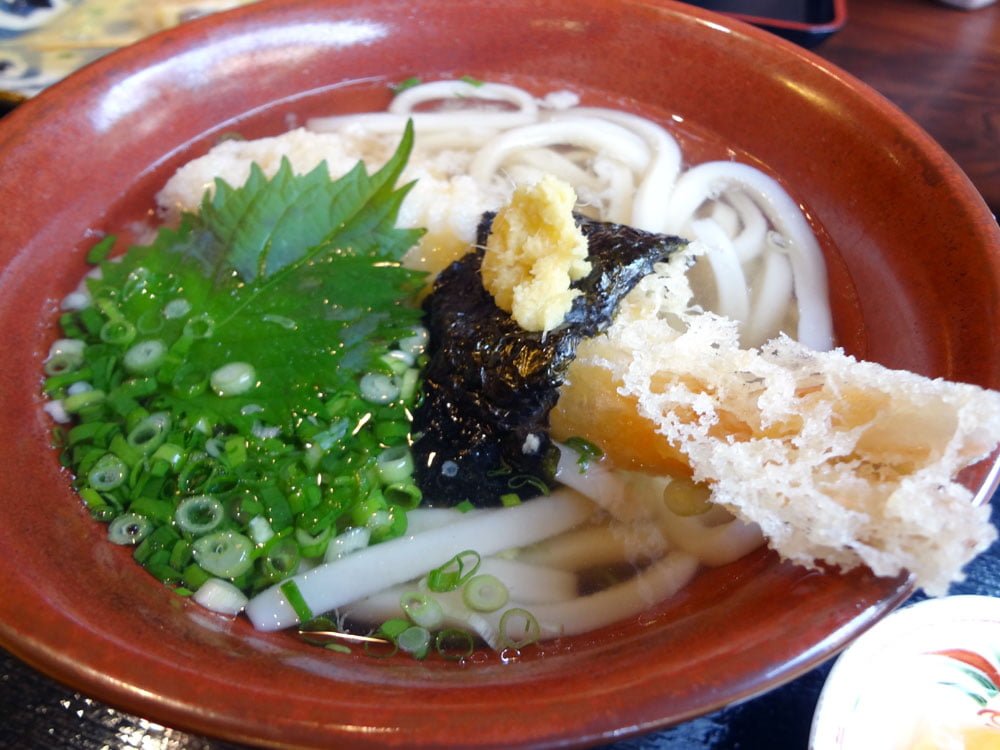
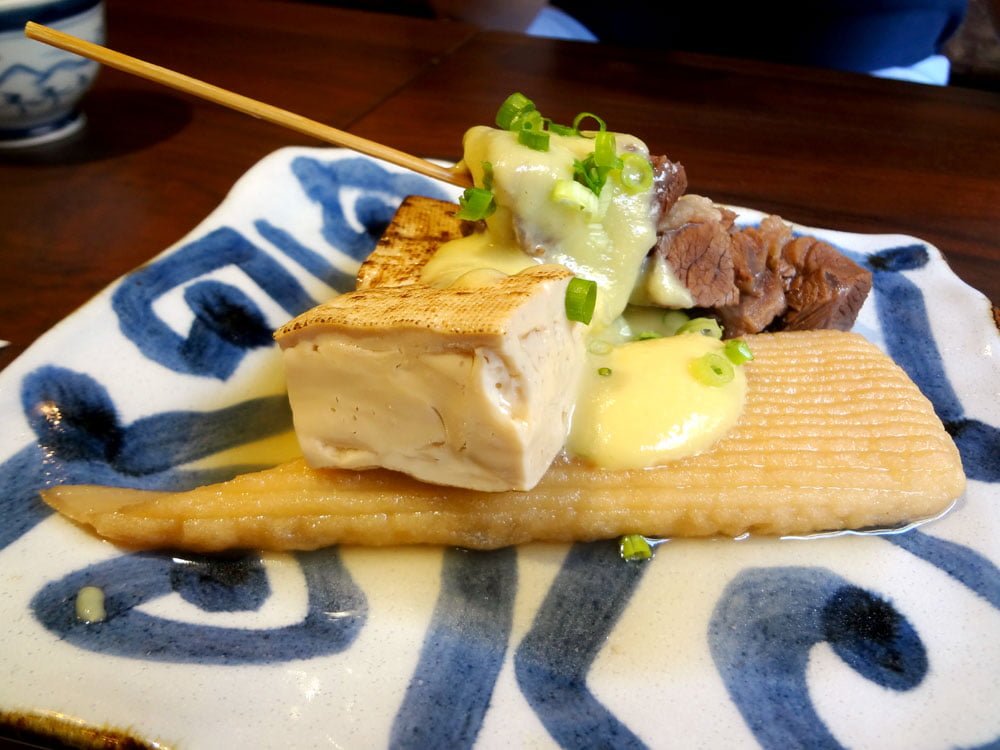
The verdict? The udon was indeed very good – springy and tasty enough to make you want to eat more, yet not so overpowering that you got tired of eating too much of it. Good soup base as well… yum! I only wish I had more prawn in my udon.
And since we made our way all the way there, we weren’t leaving without any souvenirs, so we each bought a couple of udon packets to bring home as souvenirs. My mum cooked my 2 packs on the weekend I returned home, and the noodle consistency was just as good.
Uzu no Michi – Naruto Whirlpools
After Takamatsu, we headed back towards Naruto to the Onaruto bridge which connects to Awaji Island. The tide was high and it was prime for some whirlpool action. We found our way to the hilly car park quite easily and trekked a little way to reach the underside of Onaruto Bridge.
A pedestrian pathway has been built underneath half the bridge complete with glass floors and information panels, that puts you just 45m away from the water, the closest way to seeing the whirlpools without getting on a boat.
We hurried over as we realized we were about half an hour late to the ‘peak’ high tide time, which is when the whirlpools are supposed to be the most spectacular.
It cost 600 yen to enter the bridge, and they gave us a special postcard and paper crane as a tourist gift for foreigners. It’s quite a long walk out to the middle of the bridge, and throughout the walk you can see that the water under the bridge doesn’t flow like most rivers/seas do – the water constantly curls and swirls, which is what results in the whirlpools.
We still manage to see some whirling action despite being a bit late. The whirlpool action isn’t as violent or intense as one might imagine from the swirling tornado action you see in cartoons and movies – boats can actually get up quite close to the whirlpools for a closer point of observation without getting sucked in.
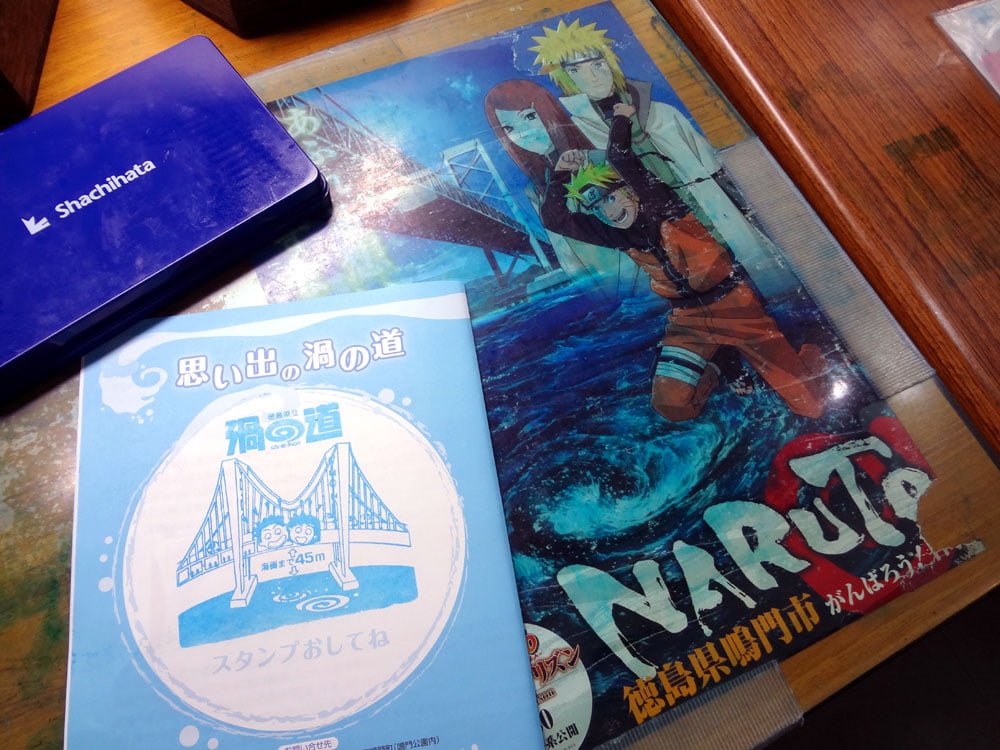
Awaji Island
Since we had already paid a bomb for tolls to pass through Awaji Island (more on that below), we decided to drive around the island to see what we could find. We tried locating the sake brewery but alas, somehow ended up in the middle of the countryside with a closed gate.
After that we attempt to find the famous Awaji Island burger but end up in the harbour area with no restaurant in sight… argh! So much for our hope of Japan Hour-esque discovery of Awaji Island, everything closed by 4-5pm so there was nothing much to see in the late afternoon. No pix cause I mostly spent my time mooning out the window, but soon we were heading to Kobe for dinner…
Road Trip Costs
Driving in Japan was definitely an experience, and a pretty expensive one at that. Japan’s highways all have toll charges, and these charges are not cheap. We spent roughly 22,000 yen (that’s about S$350!) in total on the car rental, tolls and petrol in all for just one day of driving. Good thing we had 3 people to share the costs, but man that was EXPENSIVE. Cycling is definitely a much cheaper option, albeit more tiring.
Driving across the Akashi Kaikyo bridge alone was INSANELY EXPENSIVE. According to wikipedia, they use the toll money to pay the 500 billion yen bill (that’s too many zeros for me to deal with) that it cost to build the bridge, and while most sites and guidebooks will tell you that the toll costs roughly 2000 yen (that’s about S$32) one-way, they’ve apparently raised the prices in the last month or so and our toll cost a whopping 5,200 yen (S$80+) one-way. YES, IT COST US MORE THAN S$160 just to get across that damn bridge. All 3 of our jaws dropped collectively when we heard the cost of the toll.
Well, that wasn’t quite the excited ‘Sugoi!’ Japan Hour exclamation I was going for, but I’m probably never going to get over the cost of that toll, ever.
Want to read more about my Japan adventures? Check out all my Japan posts or see the posts from this particular Kansai trip.


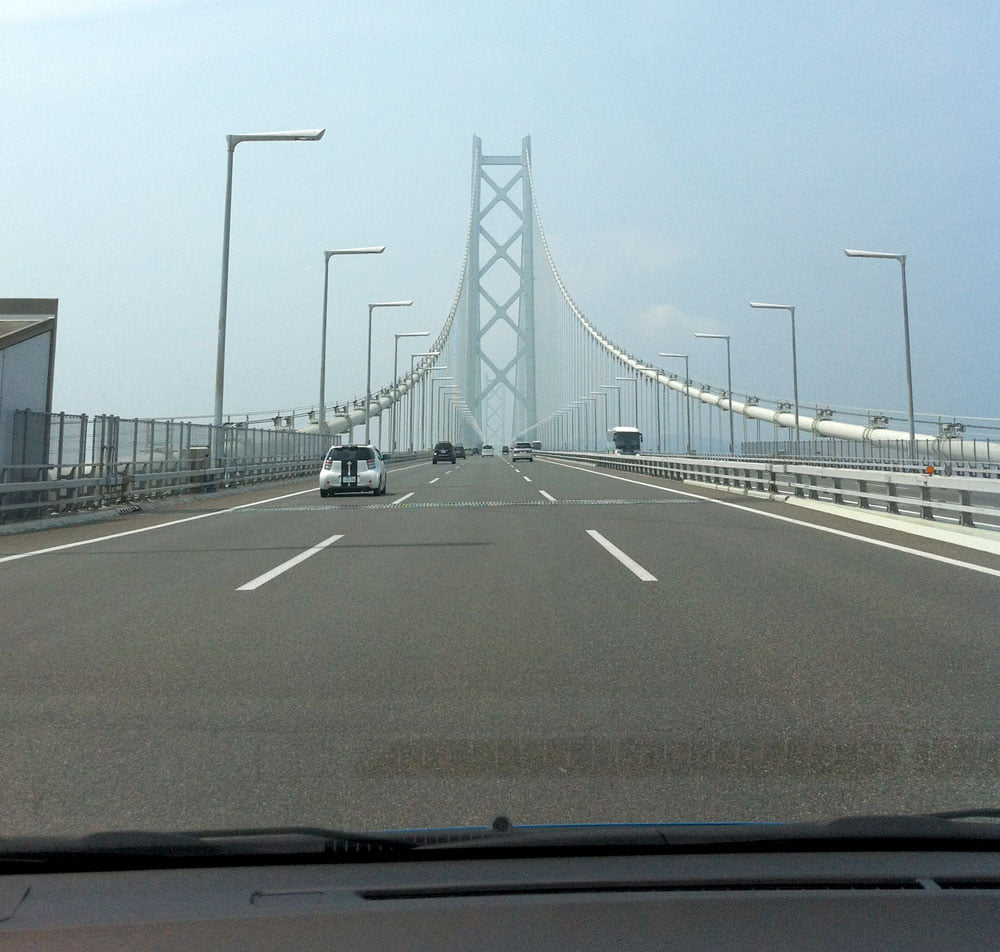




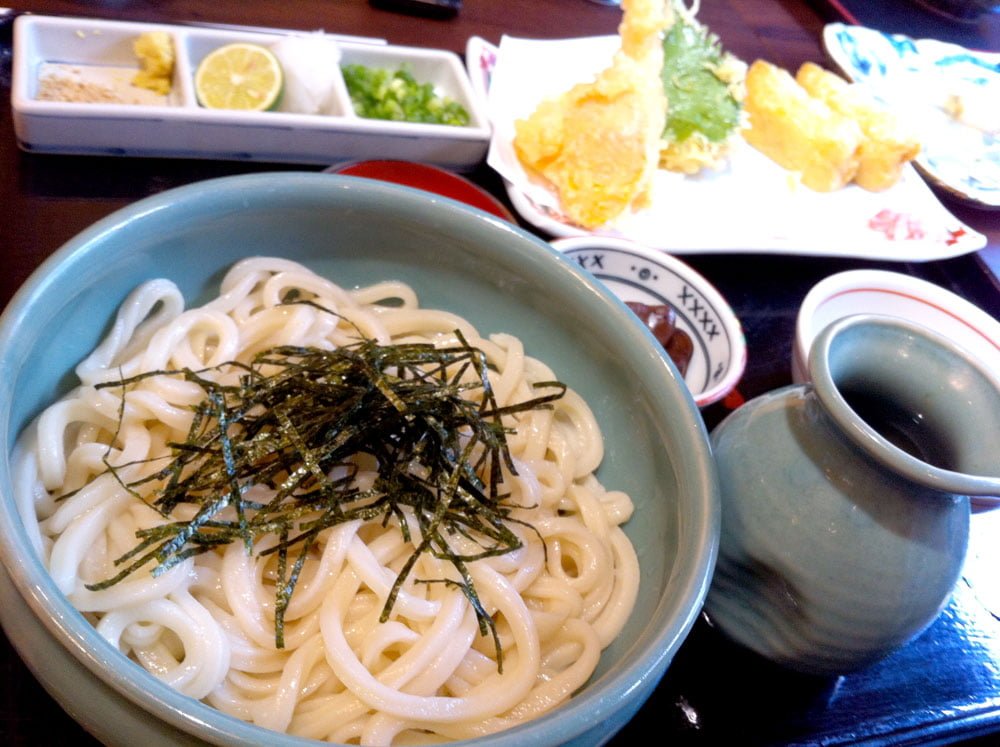


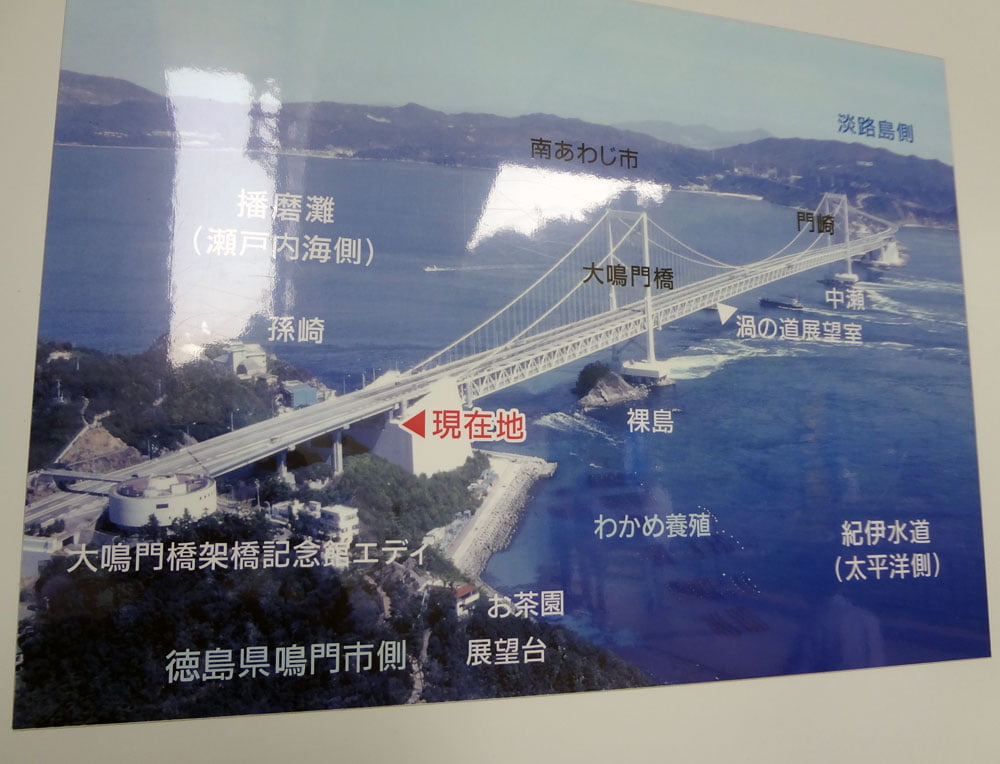
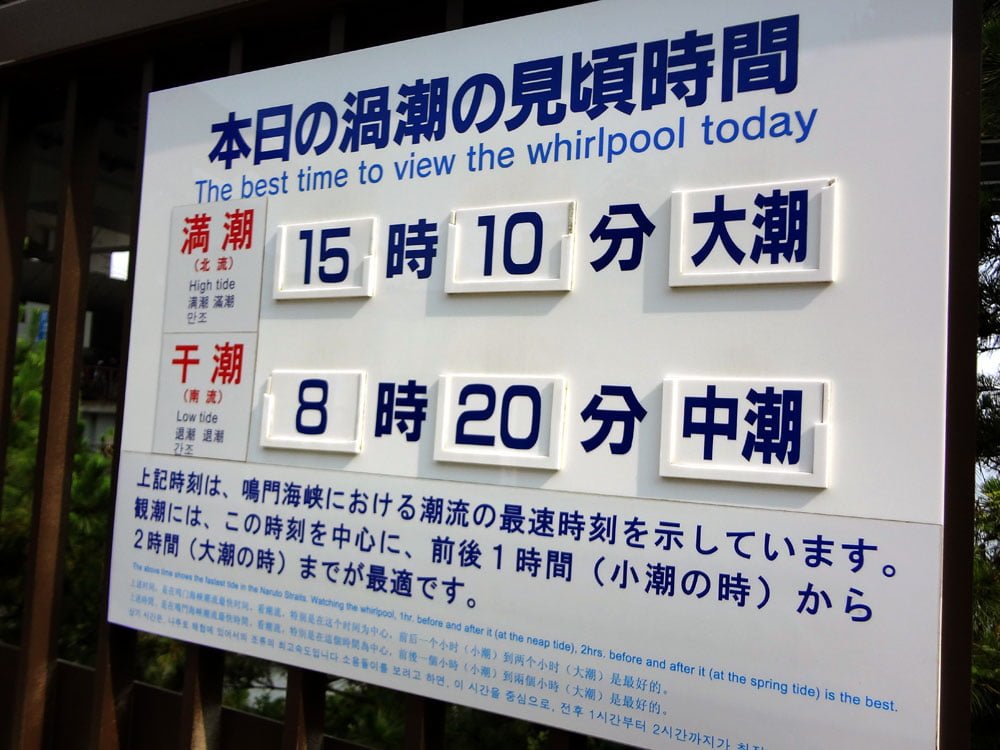
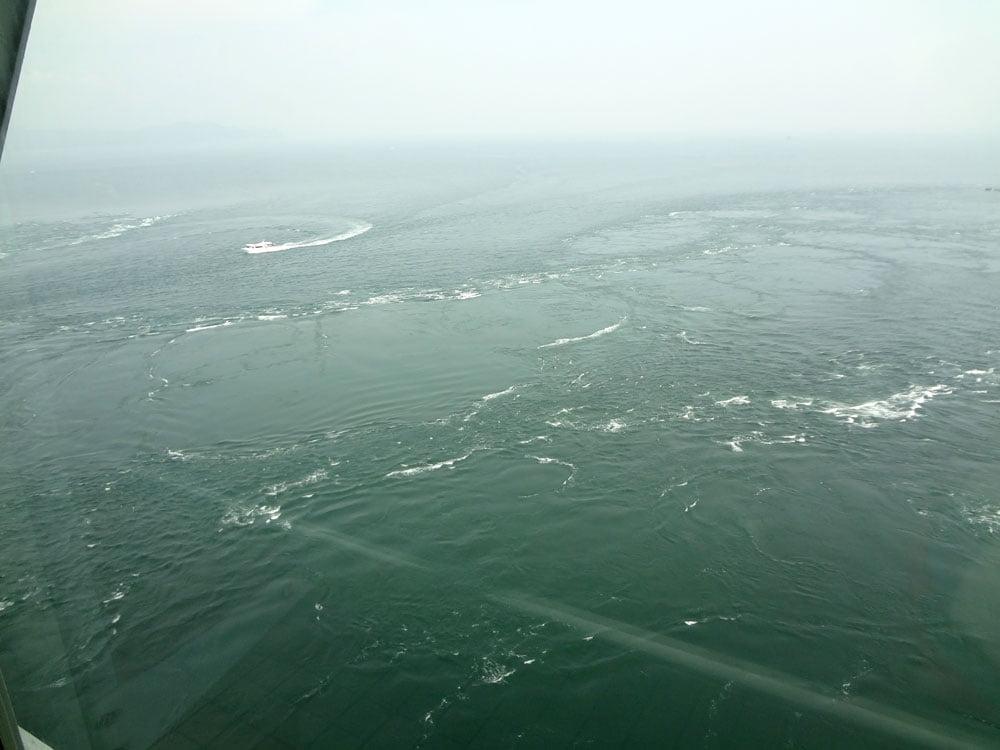
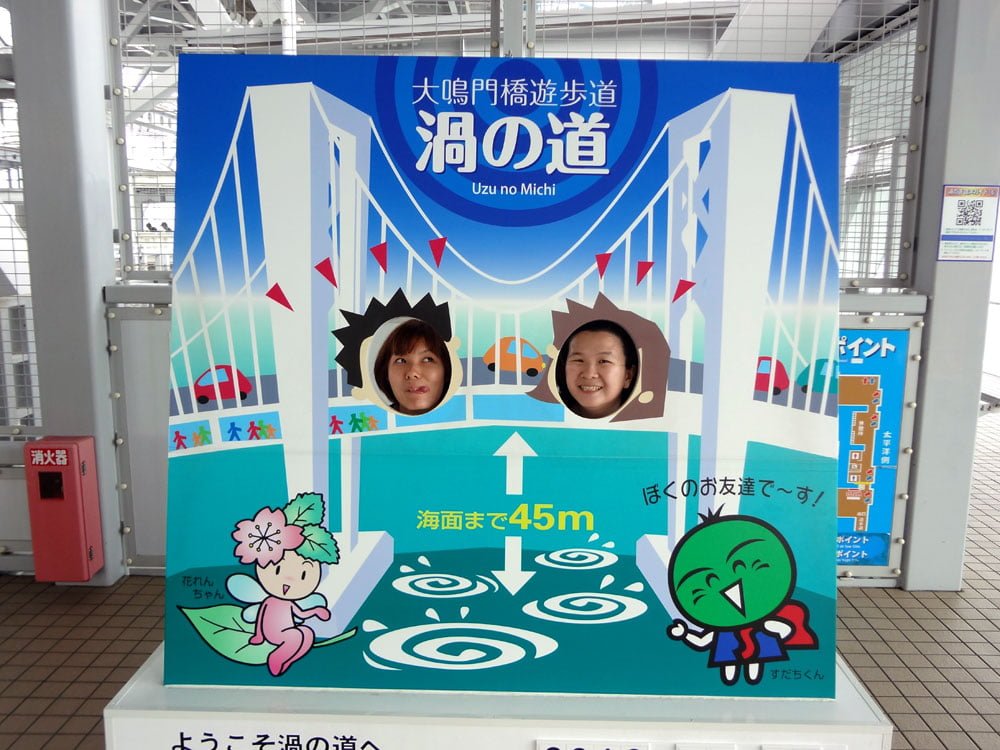
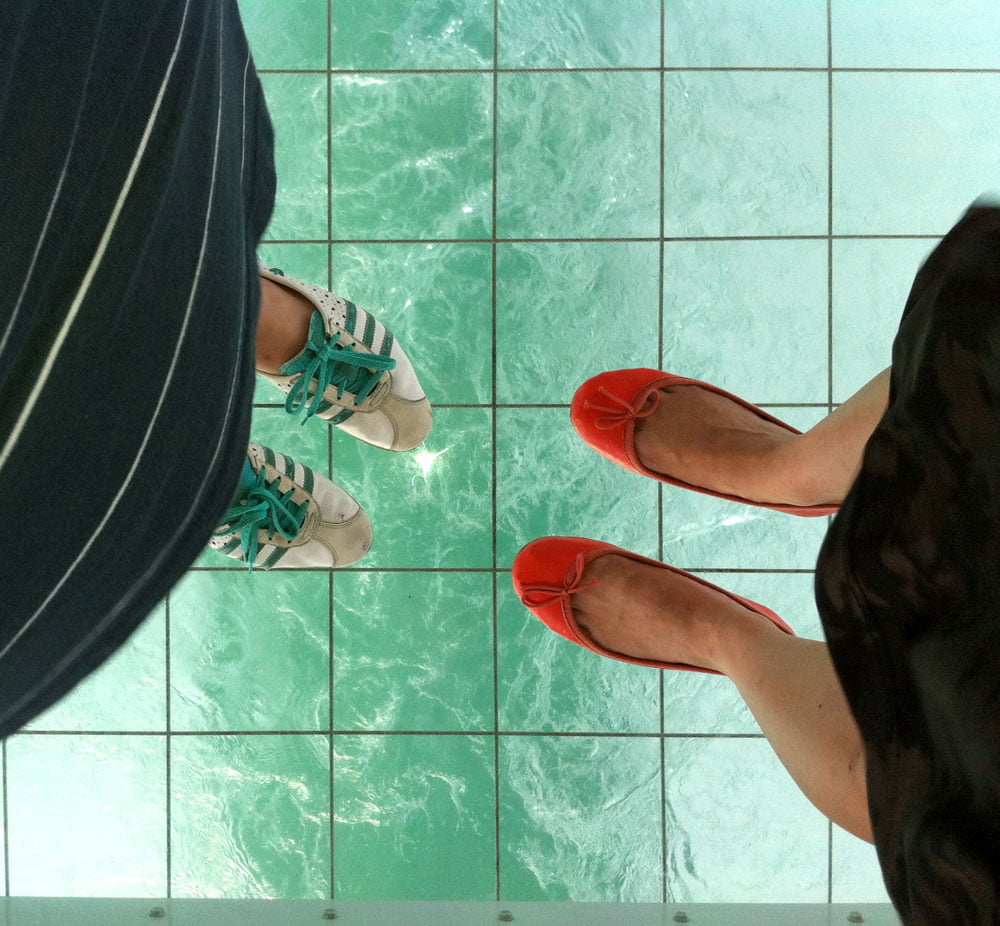

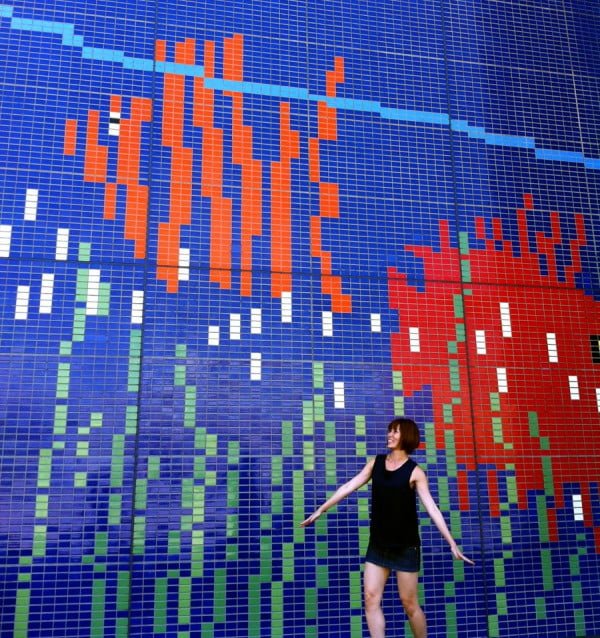
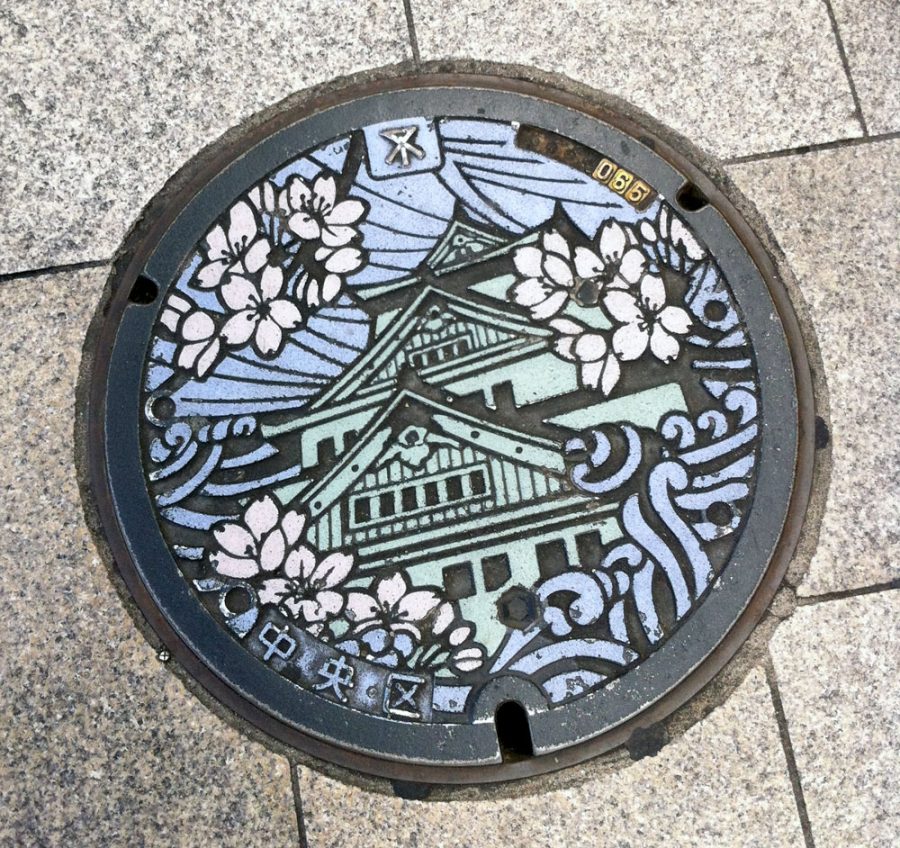
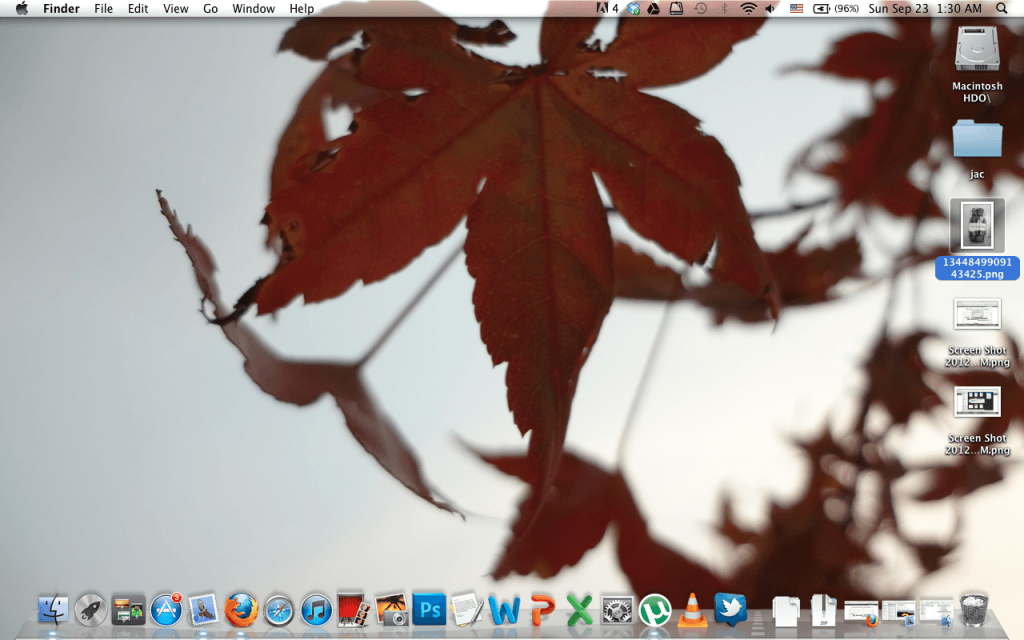
KEE CHOI TONG
Monday 9th of December 2019
would be much more useful to readers to include addresses and telephone numbers of the attractions!
Jaclynn Seah
Monday 9th of December 2019
will consider for future, but there's always Google!